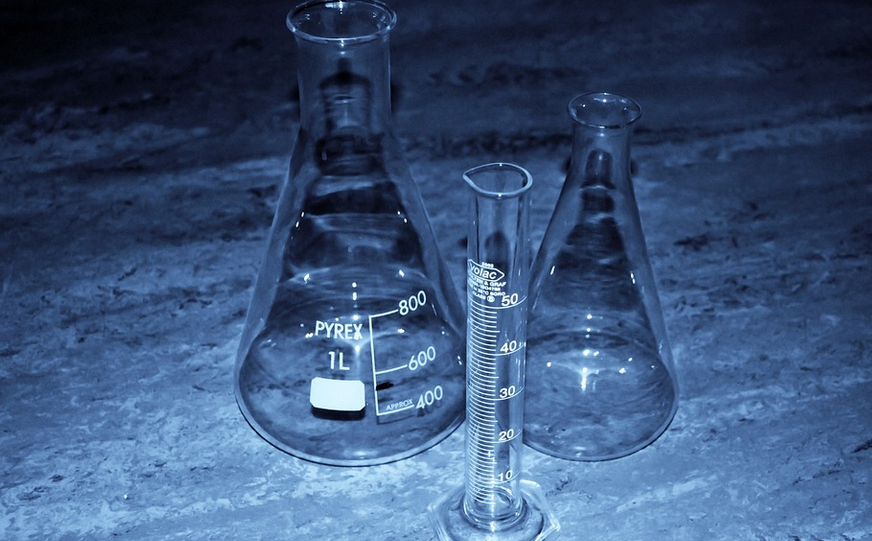Introduction
Solid surface countertops have become increasingly popular due to their durability, versatility, and easy maintenance. However, their installation requires a specific adhesive that can withstand the weight and stress of daily use. In this article, we will explore the best adhesive options for solid surface countertops and provide tips for a flawless installation.
Types of Adhesives
There are two main types of adhesives used for solid surface countertops: two-part epoxy and acrylic adhesive. Two-part epoxy is the most common and is known for its strong bonding properties. Acrylic adhesive is a newer option that is often preferred for its ease of use and faster curing time.
Two-Part Epoxy
Two-part epoxy adhesive consists of a resin and hardener that must be mixed together before application. This adhesive is known for its ability to bond to a variety of surfaces and its high resistance to heat and moisture. However, it does require a longer curing time and can be more difficult to work with due to its thicker consistency.
Acrylic Adhesive
Acrylic adhesive is a one-part adhesive that does not require mixing. It is known for its ease of use and faster curing time, making it a popular choice for DIY installations. However, it may not be as strong as two-part epoxy and may not hold up as well in high heat or moisture environments.
Preparation
Before applying the adhesive, it is important to properly prepare the surface. The countertop should be clean, dry, and free of any debris. If there are any cracks or chips, they should be repaired before applying the adhesive. It is also important to follow the manufacturer’s instructions for mixing and applying the adhesive.
Application
When applying the adhesive, it is important to work quickly and efficiently as it will begin to cure immediately. Apply the adhesive in a zigzag pattern, leaving approximately 1-2 inches between each line. Use a notched trowel to spread the adhesive evenly across the surface.
Installation
Once the adhesive has been applied, carefully place the countertop onto the base cabinets or support structure. Use clamps or weights to hold the countertop in place while the adhesive cures. It is important to wait the recommended curing time before using the countertop.
Maintenance
To maintain the integrity of the adhesive and the countertop, it is important to avoid placing heavy objects or applying excessive pressure on the surface. It is also important to keep the surface clean and dry to prevent any water damage or staining.
Conclusion
Installing a solid surface countertop requires a specific type of adhesive that can withstand the weight and stress of daily use. Whether you choose two-part epoxy or acrylic adhesive, following proper preparation and application techniques will ensure a flawless installation. With proper maintenance, your solid surface countertop will provide years of beauty and durability.

